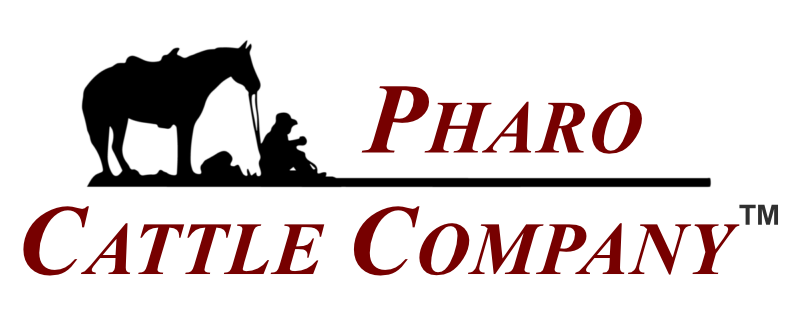I was going through a status-quo bull sale catalog with my kids the other night. We enjoy looking at the pictures and practicing our “livestock judging” skills. If something looks decent, we may take a look at the EPDs. My kids are getting pretty good at visual appraisal and are wanting to know more about data, EPDs, and ratios. This pastime has become one of the best teachable moments for my kids.
When we are working cows, we rarely have the time (or patience!) to critique them. We are usually up against a deadline, weather, circumstances, or just poor planning. I know, I’m getting better, but life has a way of changing my plans! Looking at a sale catalog in the evenings after dinner is a low-stress way of analyzing cattle and teaching my kids.
The first and most common observation when looking through a status-quo sale catalog is that the cattle are overfed and too fat. This is so common that we rarely comment on it anymore. The second common observation is a lack of depth and long legs. These two go hand-in-hand. When I was first explaining lack of depth, I would point out how long the legs looked. A high flank and lack of guts are also key indicators of no depth. These are the easy characteristics to identify.
Structural flaws are more subtle but of equal importance. Things like high tailheads, long necks, post-legged, level hips, small nuts, and not tracking are structural problems that are better observed in the flesh. It’s a challenge to try to pick some of these out from a catalog picture – but always fun to try.
My son was trying to find one cow in a particular catalog that would be worth buying. The conversation moved to probabilities and ended with focusing on the program. We might be able to find one cow, but the entire program was flawed! Then we discussed risk and why one decent cow from a backward program probably wasn’t going to make it in our herd.
The key point in all of this is that one should start with a reputable program that has similar philosophies and low-maintenance cattle. Then you can start to visually appraise and select the cattle that meet your requirements. Trying to find one good cow in a backward program is a waste of time, effort, and money.
